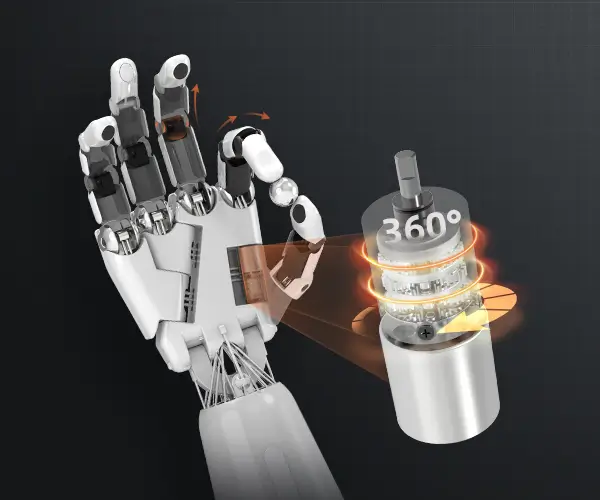Understanding Authentication in Microservices: A Simplified Approach
When it comes to microservices architecture, authentication is often an afterthought—until things start to go wrong. You're juggling multiple services, managing distributed systems, and suddenly, your application faces issues with security and user identity management. That's where robust authentication systems come into play, ensuring that only the right people and services can access your resources.

Why is Authentication in Microservices Different?
In a traditional monolithic system, user authentication is straightforward. Everything runs in a single server, so one authentication process can handle all requests. But in microservices, things get a little more complicated. Each service operates independently, often in separate containers or environments, which means that authentication needs to be centralized to ensure consistent and secure access across services.
Think of it this way: if each service had to authenticate users individually, you’d end up with a chaotic mess of credentials, tokens, and keys spread across different parts of your system. That’s not just inefficient; it’s risky. So how can you keep everything in check?
Centralized Authentication: The Key to Success
Centralized authentication means creating a single point of authority that handles user identity and authorization. This is often done using tools like OAuth 2.0 or JWT (JSON Web Tokens). These technologies allow you to issue a token after a user logs in, and that token can be passed between services to verify the user's identity.
In this system, each microservice doesn’t need to worry about checking user credentials every time a request comes in. Instead, it just checks if the token is valid, and that's it. It simplifies security, improves performance, and ensures that your user’s data stays safe.
But how do these tokens work? It’s simple: once a user logs in, an authentication service issues them a token. The token is then used by the services that need to verify the user’s identity. Since the token is signed with a secret key, only services with the proper key can verify it, ensuring that the user is who they say they are.
What About Service-to-Service Authentication?
It’s not just users you need to authenticate in a microservices environment. Services also need to authenticate with each other. Imagine you have a payment service that needs to interact with an inventory service. You wouldn't want any service to be able to access others willy-nilly, right? That’s where mutual TLS (Transport Layer Security) comes in. This allows services to authenticate each other through certificates, ensuring that only authorized services can communicate with each other.
It sounds complicated, but it's vital for building trust between microservices. Think of it as a handshake between two services, confirming they are who they say they are before allowing any data exchange.
Real-World Example: A Payment and Inventory System
Let’s say you’re building an e-commerce platform. You’ve got separate services handling payments, inventory, and user accounts. Without proper authentication, a hacker could access your payment service and steal sensitive customer information. With centralized authentication, each microservice checks the same authentication server and ensures that the right user or service has permission to perform certain actions.
When a customer logs in, they get a token from the authentication service. That token allows them to access the payment service securely. If the customer wants to make a purchase, the payment service can interact with the inventory service using its own token to check stock and confirm availability. The whole system works together seamlessly while ensuring security at every step.
Key Takeaways
Authentication in microservices is crucial to building secure and scalable applications. By using centralized authentication methods like OAuth 2.0 and JWT, you ensure that both users and services can interact safely. With mutual TLS for service-to-service communication, you can trust that every interaction is verified.
Microservices security doesn’t have to be overwhelming. With the right tools and strategies, you can ensure smooth, safe communication between your services, creating a seamless experience for your users and protecting sensitive data at every turn.
Established in 2005, Kpower has been dedicated to a professional compact motion unit manufacturer, headquartered in Dongguan, Guangdong Province, China. Leveraging innovations in modular drive technology, Kpower integrates high-performance motors, precision reducers, and multi-protocol control systems to provide efficient and customized smart drive system solutions. Kpower has delivered professional drive system solutions to over 500 enterprise clients globally with products covering various fields such as Smart Home Systems, Automatic Electronics, Robotics, Precision Agriculture, Drones, and Industrial Automation.




































